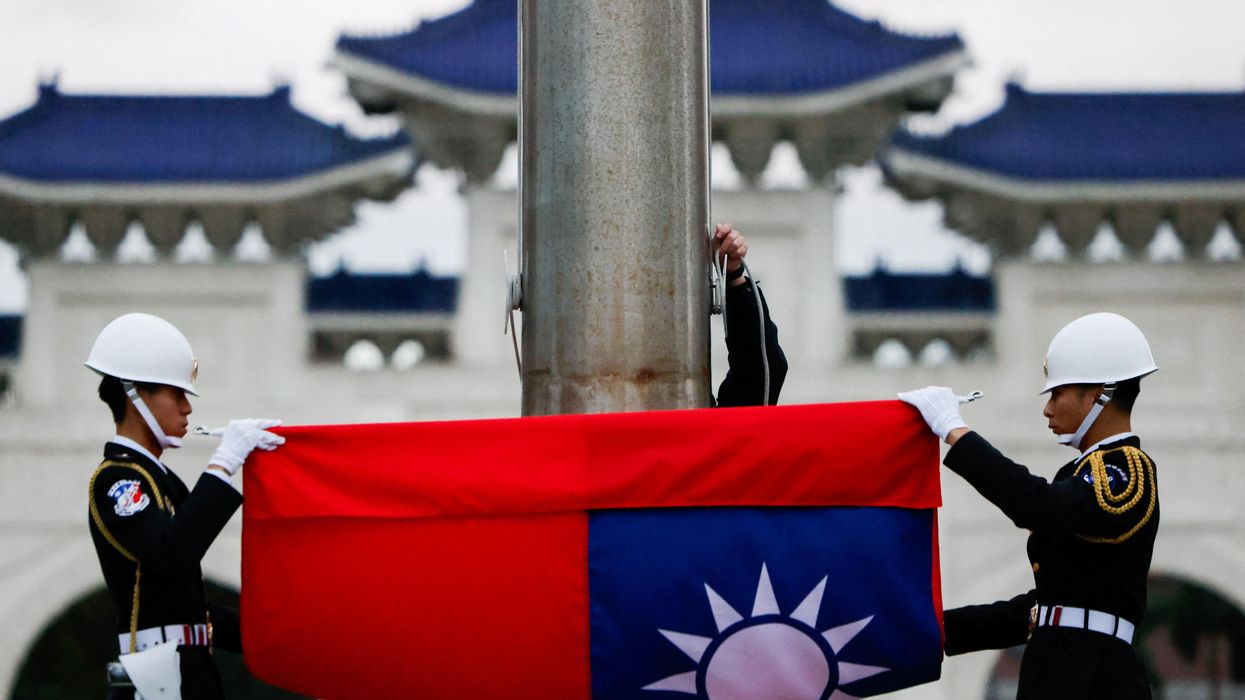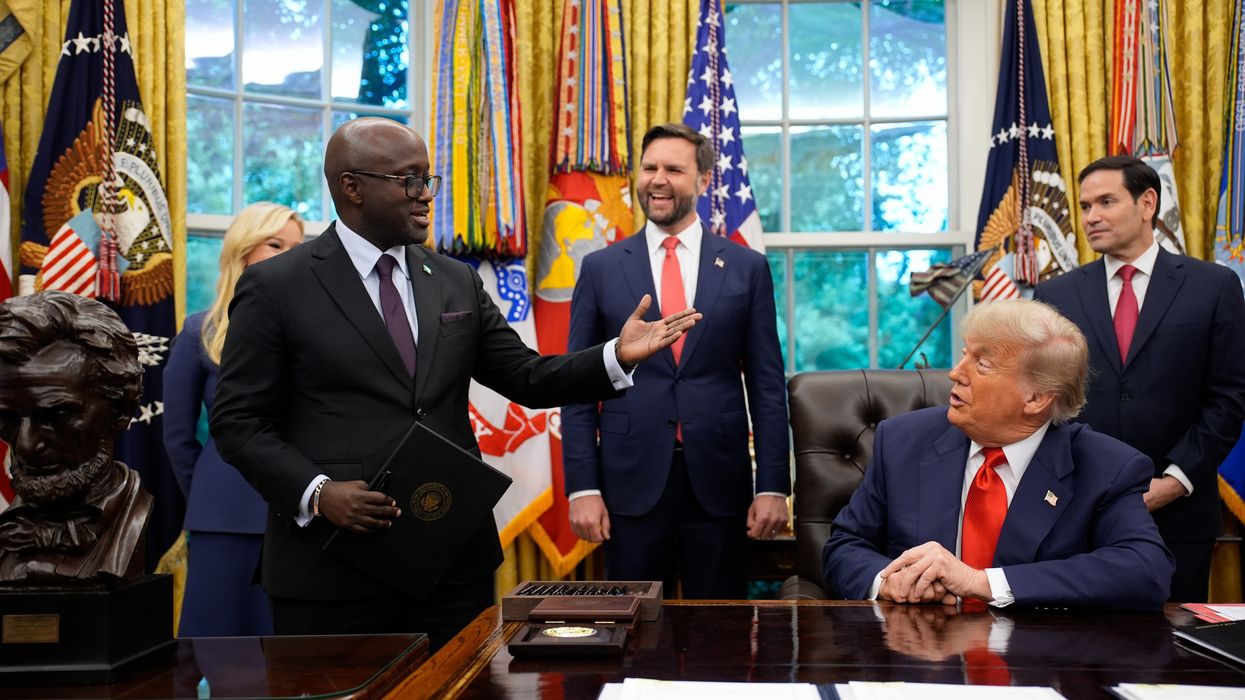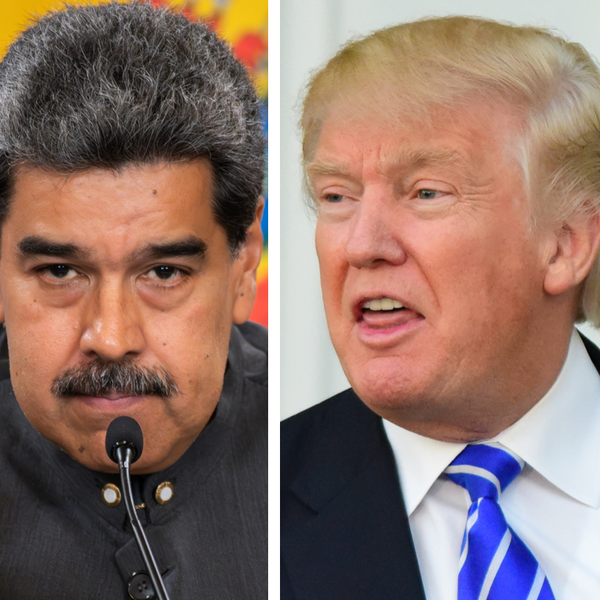Intra-Afghan talks have resumed after a 20-day recess amid increased attacks and assassinations in Kabul along with trepidation over what comes next.
On one hand, the Afghan government must accept that calling the U.S.-Afghan relationship an “alliance” does not change the reality that it is merely a partnership with a dwindling number of shared goals. In fact, the opportunity to achieve a settlement supported by Washington is quickly vanishing.
On the other, an increasingly violent Taliban insurgency is behaving shortsightedly in its pursuit of negotiating leverage and desire to impose its will by force, and risks losing a unique chance to gain international legitimacy and to have a recognized say in Afghanistan’s future.
The situation, it seems, is on a razor’s edge, with the clock ticking. A new American administration, with a different cast of characters on the set, may make all the difference, but in what way, no one knows.
Taliban violence tearing through the city, and the talks
Militant attacks in Afghanistan have risen in the months since Washington and the Taliban signed the February agreement in Doha that led to today’s intra-Afghan negotiations which also began six months late in September 2020.The rise in violence includes Taliban assaults on provincial capitals, political assassinations, targeted killings of Afghan journalists and activists, and terrorism inside urban centers that is both claimed and unclaimed. The local ISIS affiliate and other potential spoilers are certainly responsible for some of the violence, but it is undisputed that the Taliban is causing much of it.
Why would the Taliban continue to engage in violence during negotiations? After all, it places the legitimacy of the U.S.-Taliban agreement into question, threatens to upend intra-Afghan negotiations, and fuels calls for the United States to remain in Afghanistan — something that the Taliban certainly oppose.
First, the Taliban view continued violence as their primary leverage in negotiations. The Afghan government enjoys constitutional legitimacy and widespread foreign support. The Taliban’s legitimacy comes from its ability to fight and hold territory. This may be a miscalculation on the Taliban’s part, and perhaps if the group agreed to a full or partial ceasefire it would only place more outside pressure on the Afghan government to make concessions.
But the Taliban may calculate that Washington will leave regardless of escalating violence or alternatively that it is better for the United States to leave on Taliban terms than for the Taliban to quietly play by U.S. rules only for Washington to come back in full force later.
Second, the Taliban appears to believe, perhaps incorrectly, that the United States already abrogated parts of the U.S.-Taliban agreement due to early delays in prisoner releases on the part of the Afghan government and continued airstrikes. Of course, the release of prisoners required the cooperation of the Afghan government which was understandably concerned, and this caused significant delays. Calls in Washington to remain in Afghanistan indefinitely certainly do not help this perception.
Third, no one really knows what else could be motivating the Taliban. It is still an insular group that by most accounts genuinely believes it has a divine right to govern Afghanistan and that anyone — especially a fellow Afghan — who stands in the way is an enemy worthy of whatever treatment the Taliban sees fit. The Taliban remains an ideologically-driven movement even if it also engages in realpolitik decision-making.
The Taliban is unlikely to reduce violence in the near future. The Biden administration must continue to pressure the Taliban to stop the attacks and to push for progress in intra-Afghan negotiations, but it is also necessary for it to recognize the limits of its ability to do so.
As Carter Malkasian wrote in November, “a presence of 2,500 troops will tie the United States to an escalating war without offering real support for the besieged Afghan government and people.” This is particularly true if the United States does not engage in complementary diplomacy that brings regional actors on board to achieve a sustainable settlement to four decades of war in Afghanistan. Around 40 percent of Afghan territory remains contested or completely under Taliban control. The U.S.-led air campaign prevents the Afghan government from losing territorial control over urban centers but 10 percent of Afghan civilian casualties in 2019 resulted from airstrikes and this figure remains similar in 2020 with 256 deaths as of September.
Over 3,340 civilians were killed by airstrikes in Afghanistan between 2009 and September of 2020. A continued U.S. presence in Afghanistan, even one centered around air support, may provide assurances, but it will not produce peaceful results long-term.
Leaving a residual force will not work
The incoming Biden administration should support the second round of intra-Afghan talks without tying the ultimate departure of U.S. troops to the ability of the current Afghan government and Taliban to reach a comprehensive peace deal. A little uncertainty over whether the Biden administration will continue to withdraw U.S. troops may encourage both sides to keep negotiating, but too much mystery risks encouraging the Afghan government to drag its feet or the Taliban to escalate violence even more.
A unilateral decision to keep a residual U.S. force in Afghanistan permanently would risk committing Washington to a conflict without an off-ramp and sink any hopes for a successful peace process. Regional diplomacy, a plan for future aid to Afghanistan, and properly motivating the Taliban’s benefactors to push the group toward a settlement is necessary regardless of when U.S. troops leave Afghanistan and the sooner it starts, the better.
















